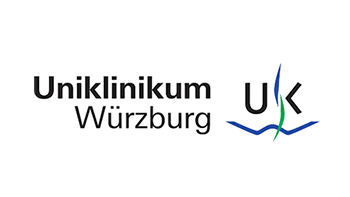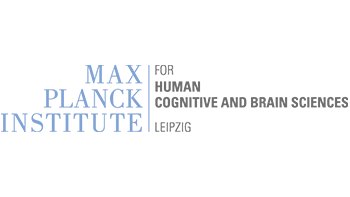Neumann WJ, Horn A, Kühn AA.
Trends Neurosci. 2023 Jun;46(6):472-487. doi: 10.1016/j.tins.2023.03.009. PMID: 37105806.
Review article
Abstract
Deep brain stimulation (DBS) is an effective treatment and has provided unique insights into the dynamic circuit architecture of brain disorders. This Review illustrates our current understanding of the pathophysiology of movement disorders and their underlying brain circuits that are modulated with DBS. It proposes principles of pathological network synchronization patterns like beta activity (13–35 Hz) in Parkinson’s disease. We describe alterations from microscale including local synaptic activity via modulation of mesoscale hypersynchronization to changes in whole-brain macroscale connectivity. Finally, an outlook on advances for clinical innovations in next-generation neurotechnology is provided: from preoperative connectomic targeting to feedback controlled closed-loop adaptive DBS as individualized network-specific brain circuit interventions.
- B03 | Modulation of cortex – basal ganglia signaling for motor preparation in PD
- B01 | Towards clinical application of virtual deep brain stimulation
- B04 | Identifying functional network properties to guide neuromodulation in pediatric and adult hyperkinetic movement disorders
- C04 | Advancing neurostimulation to personalized, symptom-related, adaptive stimulation: from chronic biomarker monitoring to clinical application beyond motor symptoms










